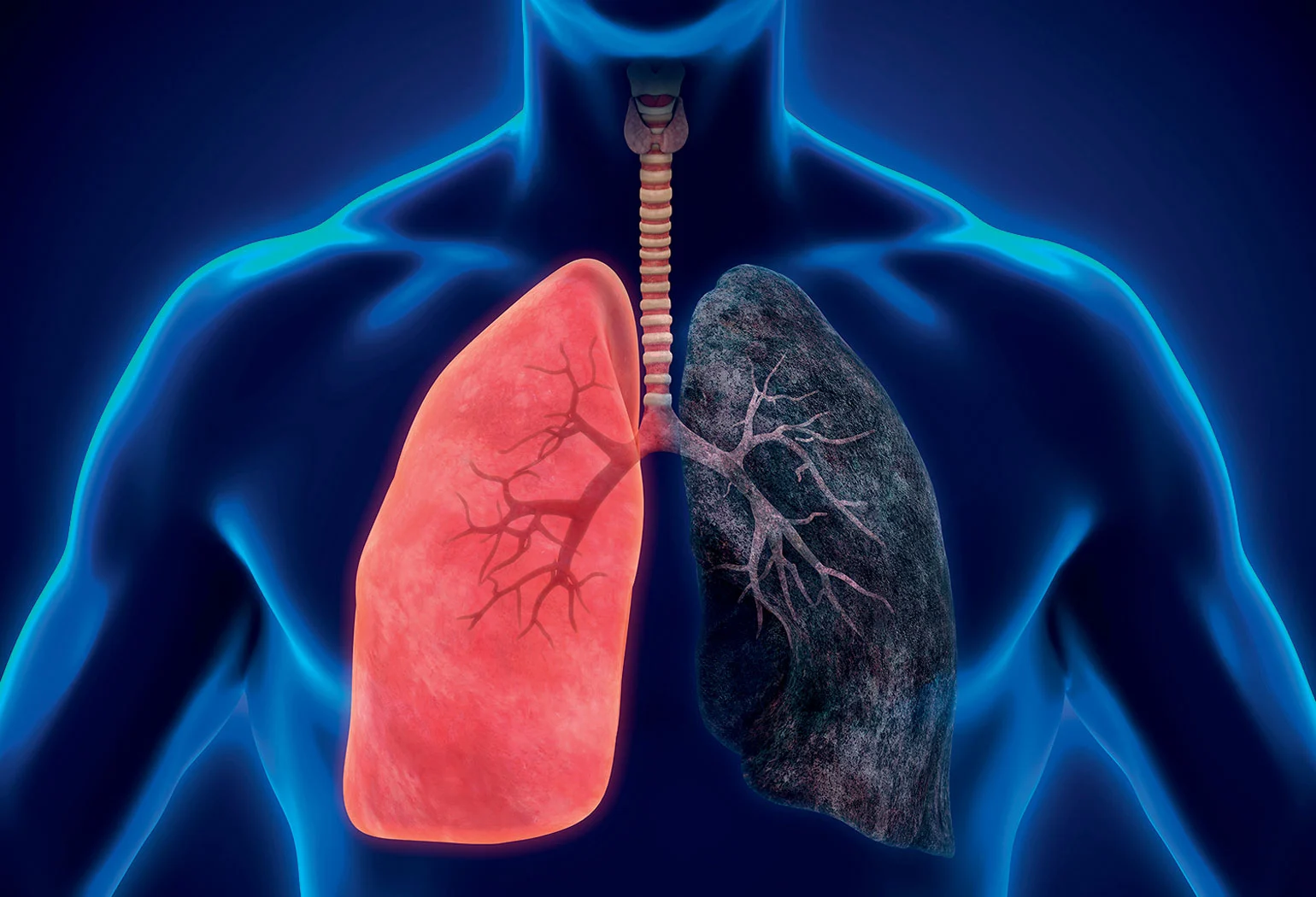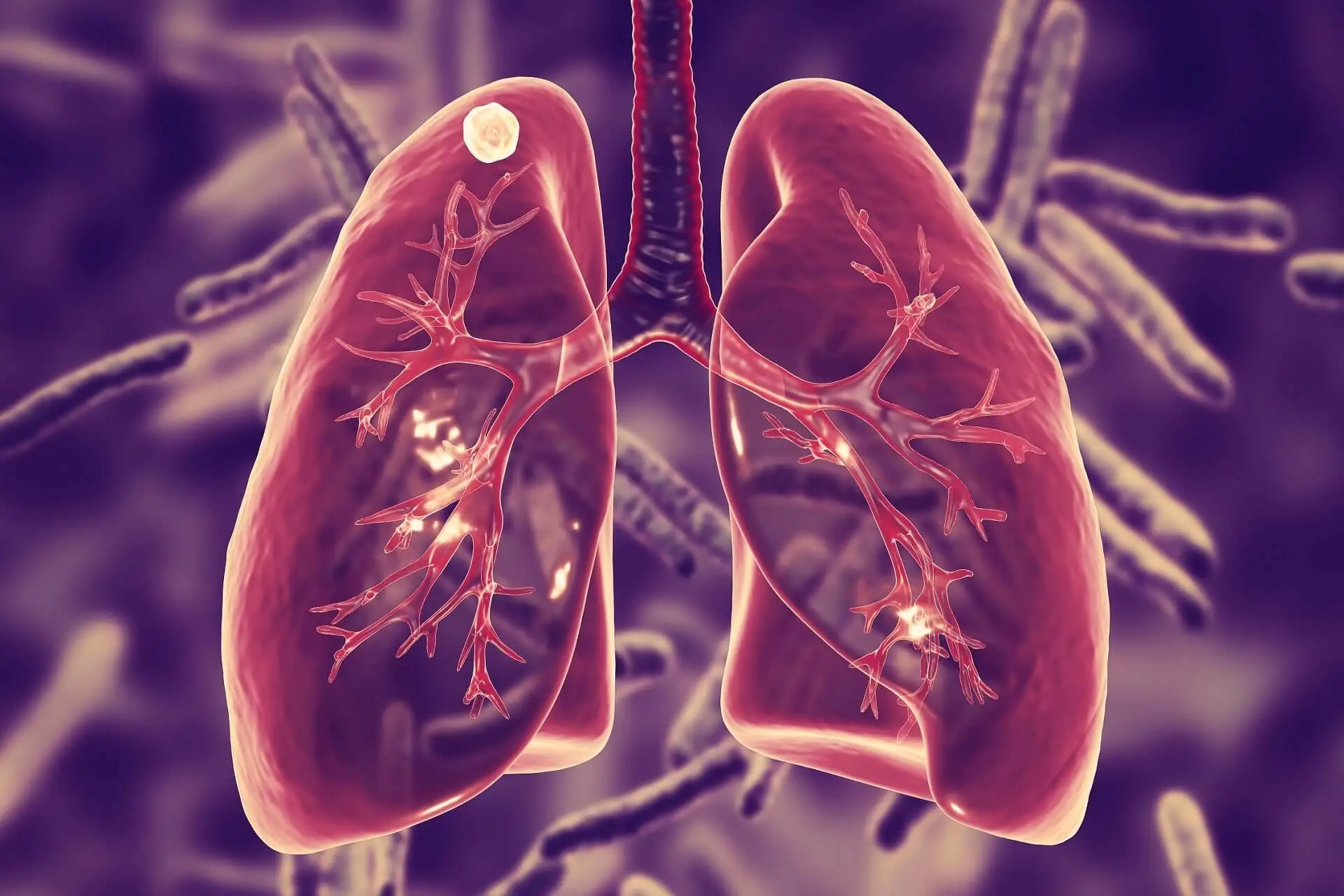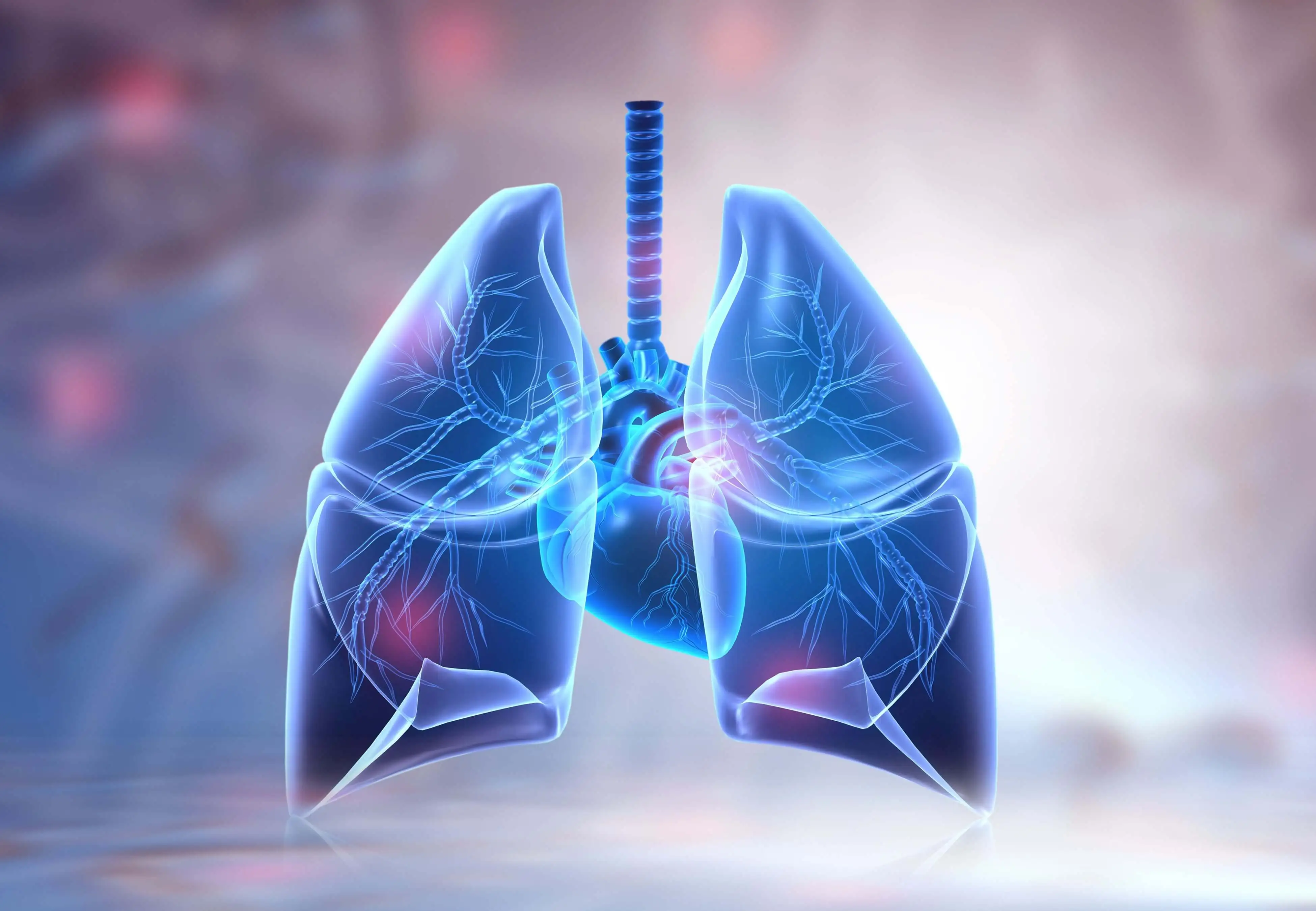Asbestosis is a specific type of pneumoconiosis that is defined as chronic diffuse fibrosis of the lung...
Read MoreTypes of Hazards in Occupational Health
Introduction
Workplace hazards can be classified into five broad categories. In this article we will list the major types of hazards in occupational health with examples.
These hazards can cause an immediate or delayed response, depending on their inherent characteristics as well as the intensity and frequency of exposure.
Hazards in the workplace can be purely mechanical, or they can take the form of materials or substances capable of causing fire or explosion, as well as causing injury or illness through inhalation, by contact with skin or eye, or by ingestion.
Noise, ionizing and non-ionizing radiation, and heat are all physical forms of energy that can be harmful to your health.
Types of Occupational Hazards
The following table discusses different types of hazards with the most common examples
1. Physical Hazards
- Noise.
- Vibration.
- Ionizing and non-ionizing radiation.
- Extremes of temperature.
- Humidity.
- Pressure.
- Electricity.
- Illumination and visibility.
2. Chemical Hazards
- Particles, fibers, fumes, and mists i.e.,
- Coal dust.
- Cotton dust.
- Flour dust.
- Grain dust.
- Wood dust.
- Crystalline silica (quartz).
- Asbestos.
- Metals and metalloids i.e.,
- Aluminum
- Arsenic.
- Beryllium.
- Lead.
- Mercury.
- Organic solvents and compounds i.e.,
- Acetone.
- Acid anhydrides (cyclic anhydrides).
- Benzene.
- Chloroform.
- Pesticides.
- Inorganic gases i.e.,
- Arsine.
- Carbon monoxide.
- Hydrogen sulphide.
3. Biological Hazards
- Human tissue and body fluids.
- Microbial pathogens i.e., Viruses, bacteria, fungi and protozoa.
- Genetically modified organisms.
- Animals and animal products.
- Organic dusts and mists.
4. Mechanical and ergonomics Hazards
- Lifting and handling.
- Posture.
- Repetitive work.
- Traps, impact, contact, entanglement and ejection.
5. Psychosocial Hazards
- Violence and aggression.
- Lone working.
- Shift and night work.
- Long working hours.
How useful was this post?
Click on a star to rate it!
Average rating 0 / 5. Vote count: 0
No votes so far! Be the first to rate this post.
I'm sorry that this post was not useful for you!
Let me improve this post!
Tell me how I can improve this post?
References
- Smedley, J., Dick, F., & Sadhra, S. S. (2013). Oxford handbook of occupational health. Oxford: OUP Oxford.
Chemical hazards are a significant occupational health and safety concern in the workplace. They may harm a...
Read MoreBerylliosis, also known as chronic beryllium disease (CBD), is a granulomatous condition caused by beryllium exposure.
Read MoreOrganic Dust Toxic Syndrome (ODTS) | Symptoms, and Treatments
Organic Dust Toxic Syndrome (ODTS) is an acute inflammatory condition of the lower respiratory tract. It is...
Read MoreRecent Posts
-
SAPHO Syndrome | Causes, Symptoms, Diagnosis & Treatments
-
Systemic Lupus Erythematosus | Causes, Symptoms & Treatments
-
Gastric Ulcers | Causes, Symptoms, Complications & Treatments
-
Wiskott-Aldrich Syndrome | Causes, Symptoms & Treatments
-
The 4 Stages of HIV Infection | Ultimate Guide
-
Good’s Syndrome | Symptoms, Causes & Treatments
-
Acquired Angioedema | Causes, Symptoms & Treatments
-
Rheumatoid Arthritis | Symptoms, Causes, Diagnosis & Treatments
-
Acute Pancreatitis | Causes, Symptoms, Diagnosis and Treatments
-
Pernicious Anemia | Causes, Symptoms, Diagnosis and Treatments
-
Sickle Cell Anemia | Causes, Symptoms, Diagnosis and Treatments
-
Aplastic Anemia | Causes, Symptoms, Diagnosis and Treatments
-
Diamond Blackfan Anemia | Causes, Diagnosis and Treatments
-
Sideroblastic Anemia | Causes, Symptoms & Treatments
-
Organic Dust Toxic Syndrome (ODTS) | Symptoms, and Treatments





